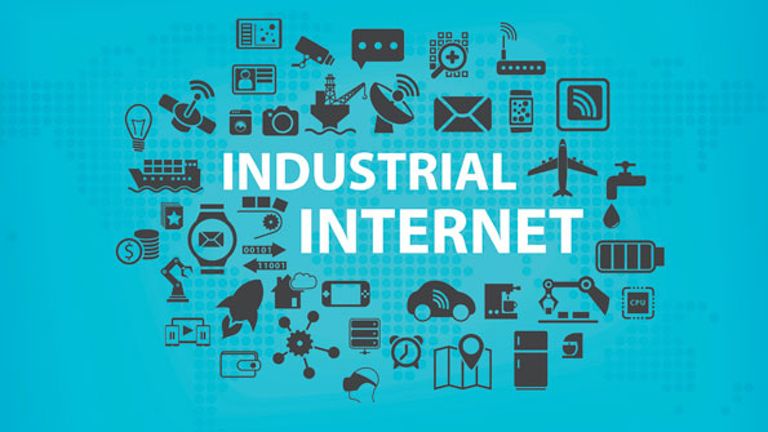How IIoT Data Can Power Profitability in Lean Manufacturing
 IIoT (Industrial Internet of Things) has guided in a new era of intelligence and efficiency for the building industry. Enterprises are now creating an ocean of operational data, which, if connected with other data inputs and deployed within new pricing technologies, could increase the profitability influence of both lean manufacturing and overall company.
IIoT (Industrial Internet of Things) has guided in a new era of intelligence and efficiency for the building industry. Enterprises are now creating an ocean of operational data, which, if connected with other data inputs and deployed within new pricing technologies, could increase the profitability influence of both lean manufacturing and overall company.
Classically, the top-down marching system from senior management is always, "Go earn more sales." Of course, everyone recognizes on needing more sales, without more purchases, will not significantly produce more profitability (the original goal). An emerging variety of new technologies using ML (machine learning), AI (artificial intelligence), visual CPQ (Configure Price Quote), and CAD-based.
Digital marketing is allowing organizations to leverage producing data resources to perform more successful sales.
These kinds of data-driven pricing solutions have historically been costly propositions (multi-year investments, multi-million dollar ). The latest generation of cloud-based pricing technology provides efficient and incremental adoption under SaaS (Software as a Service) business model. Long passed are the days of seven or eight-figure on-premise hardware installations with 12+ month implementation timelines.
SaaS pricing optimization platforms like Brainsmithslabs offer a solution for profit-based manufacturers who see the opportunity to leverage unique IIoT data resources. Such platforms maximize margin and profitability while maintaining a manageable and high-efficiency OpEx investment strategy to accomplish the goals.
These opinions are often wrong, yet infrequently tested. By using price optimization, an objective and unbiased mathematical analysis determine how customers will respond to different prices for products and services through various channels. It also determines how to maximize profitability.
Process resistance to price optimization should be required since pricing authorization is currently in different pockets over several enterprises. Related to a Lean Six Sigma implementation, there will be opponents who want to keep the state quo. They should be involved in this conversation and have their concerns understood and prioritized; they can become champions of pricing optimization when they understand and witness first-hand the positive impacts. He IIoT data used in price optimization is already available for mid-sized and larger manufacturing companies. The data collected from multiple points open up the chances of pricing in a new method. Manufacturers can price based on use in real-time, take inventory into account to drive price changes, or even adjust pricing according to different parts of the day considering utilization capacity in a power grid, plant, or other networks. Culling these data from contracts, sensors, surveys, transaction records, incorporating operating costs, add value extracted from big data.
Add more information from the competition, economic indicators, promotional successes and failures, and seasonal conditions; much is learned that can be used to optimize promotions, prices, and profitability. Ere the rapid data collation access with IIoT, too many markers were duplicated, incorrect, or missing.
Cleansing data and reliably collecting missing data is costly and no longer needed in many cases — the availability of real-time data from IIoT, coupled with a dynamic pricing platform.
Companies the ability to react to evolving market conditions and try new experiments, strategies, and quickly see.
They are working or not, relatively than setting for weeks or months to get the data back and conduct analyses.









Add comment